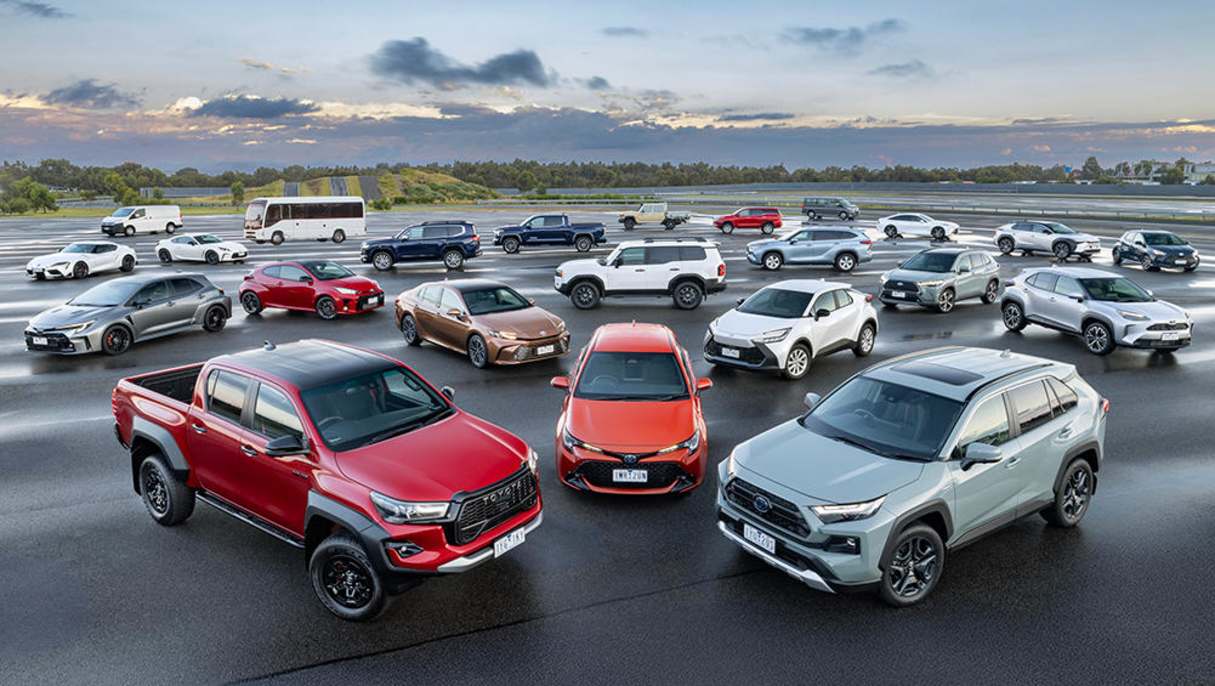‘I’ve never had a customer tell us they want less choice.’
Those are the words of a senior executive at one of Australia’s biggest car companies. And while this person clearly knows a lot about how to run a car company, their point was somewhat undercut by an examination of their recent sales figures.
You see, this particular car company dramatically expanded its SUV line-up in recent years, offering customers more choice than ever before. And the result was… fewer sales.
Yep, sales of the brand’s larger SUVs actually declined by nearly half, in part due to the changeover from old models to new and in part because of price increases. But the net result was, customers got more choice and they chose to go elsewhere.
While Toyota sits in a dominant position at the top of the sales charts with its seemingly endless line-up of models, in recent years many car brands have found that they can do less with more.
In the same way you might have reservations about the quality of restaurant that sells hamburgers, curries and sushi - given that such a wide variety of cuisines suggests a lack of focus and specialisation - many modern car companies are opting for a small, more curated menu of vehicles.
Take Ford as a prime example, it managed to finish second to Toyota in the 2024 sales charts and sold more than 100,000 new vehicles with arguably its smallest line-up of models in decades. The Blue Oval has been steadily dropping models from its line-up over the past decade, starting with the Falcon but also the Mondeo, Focus, Fiesta, Escape and Puma.
Ford has made a clear decision that it can not only survive, but thrive, by taking a ‘less is more’ approach and sticking to the models it can sell in bigger numbers, namely the Ranger but also the Everest and Transit.
Ford is not alone either, with many brands either choosing to or being forced to slim their showroom offerings in recent years as certain parts of the market shrink or even disappear. The city car, small car and sedan segments have all seen massive decline and that has seen several major brands lose previously popular models.
The biggest potential factor that will see this trend grow exponentially in the coming years is the incoming New Vehicle Efficiency Standard (NVES), which will require car companies to hit an average CO2/km figure across its fleet of vehicles. It will encourage more fuel-efficient vehicles, in particular EVs, but will also put pressure on less-than-efficient models.
As we've previously reported, industry insiders have admitted not all brands will survive the introduction of NVES, as they simply won't have the cars to hit the required figure. So ensuring you have the right model mix will be critical to a brand's survival but also has to be balanced with what customers want to by. A tricky challenge for each brand to navigate.

Some car industry executives have even hinted that it could put a self-imposed cap on the amount of higher emissions models it sells, in order to keep its fleet average in-check. Exactly how that works, or if they’ll even go through with it, remains to be seen, but to continue our small menu metaphor, some cars may end up being ‘specials’ rather than regular menu items.
Whether customers want more choice or not, in the future there will likely be less, as car makers look to offer only what sells and makes sense within the NVES parameters.





.jpg)
.jpg)

.jpg)
_0.jpg)


.jpg)





.jpg)









